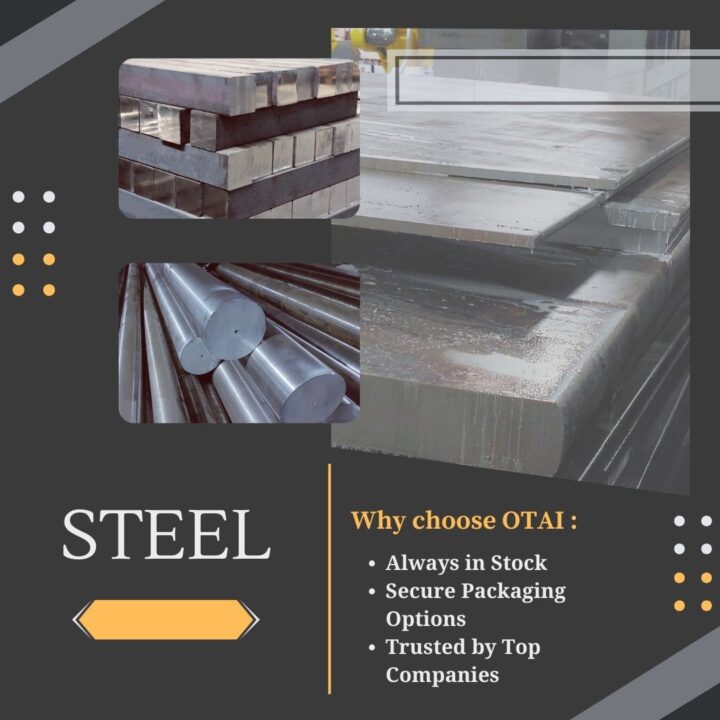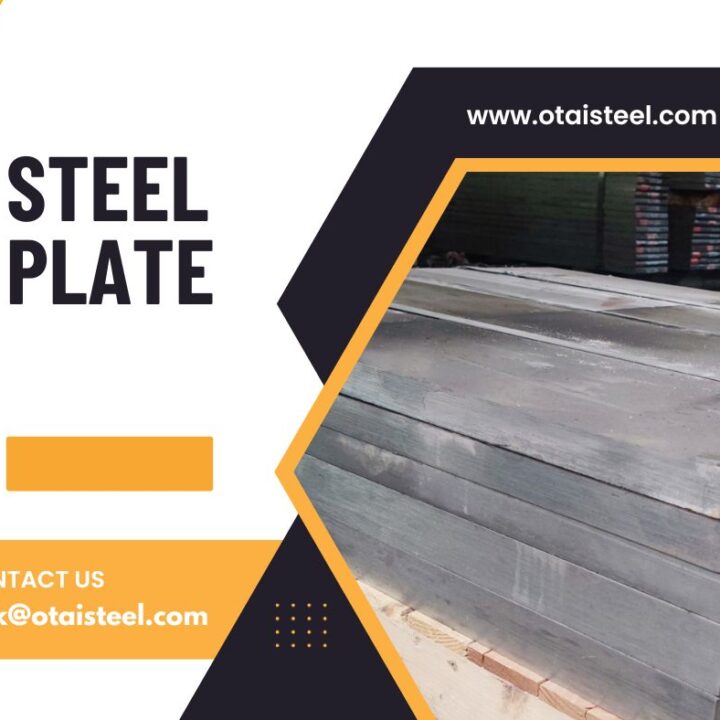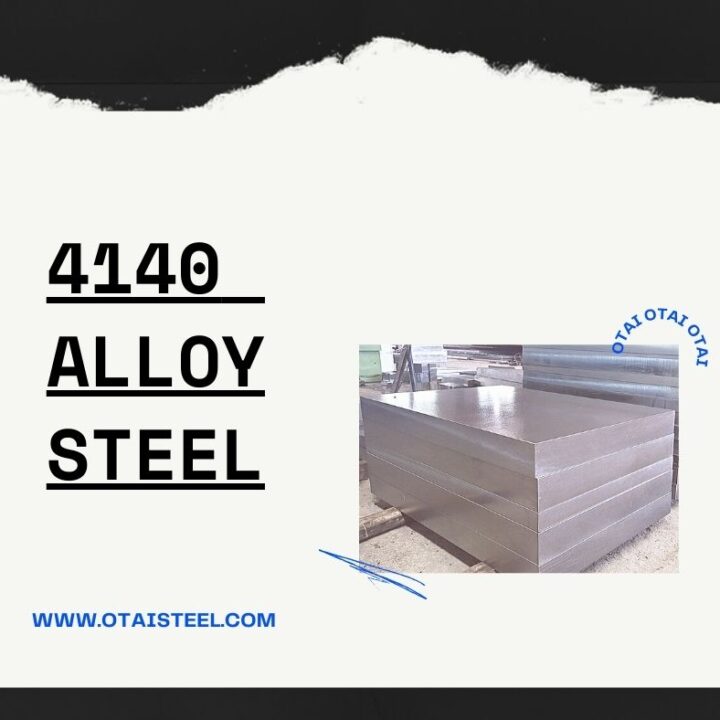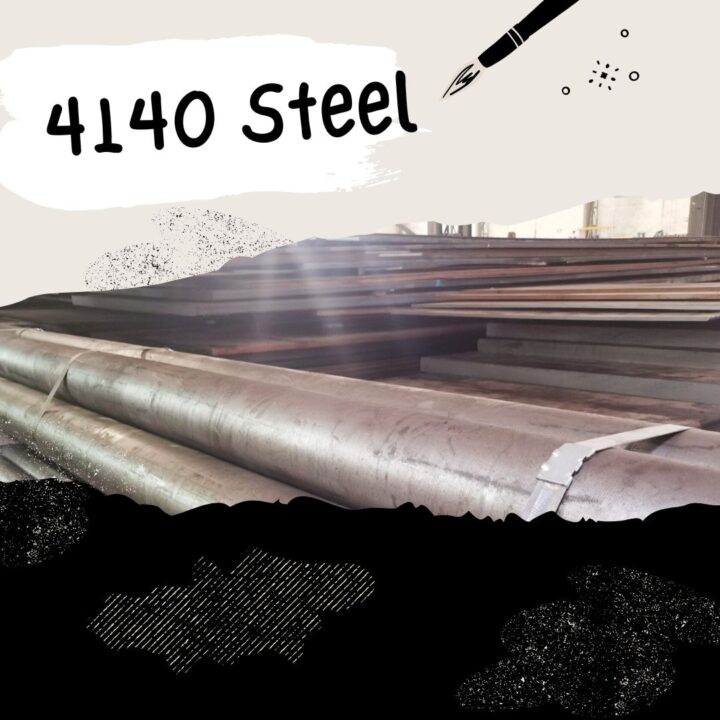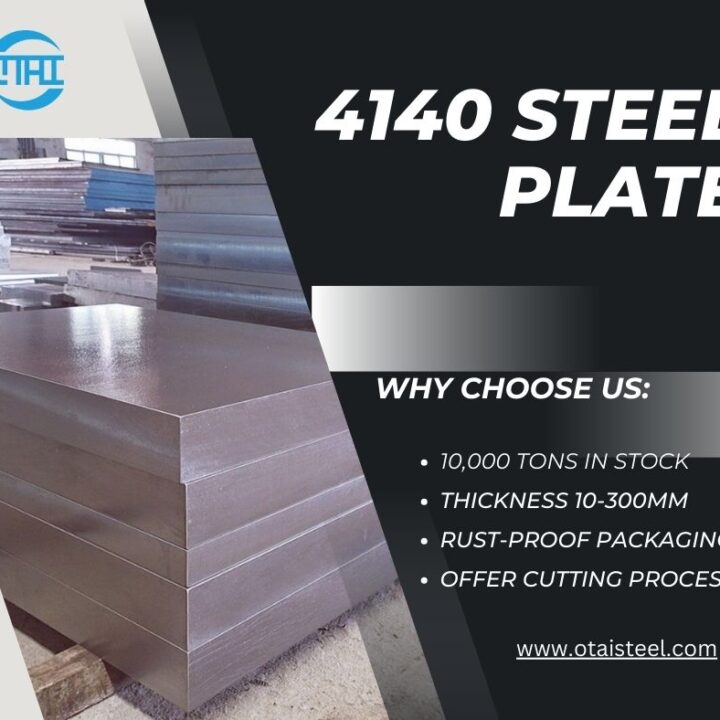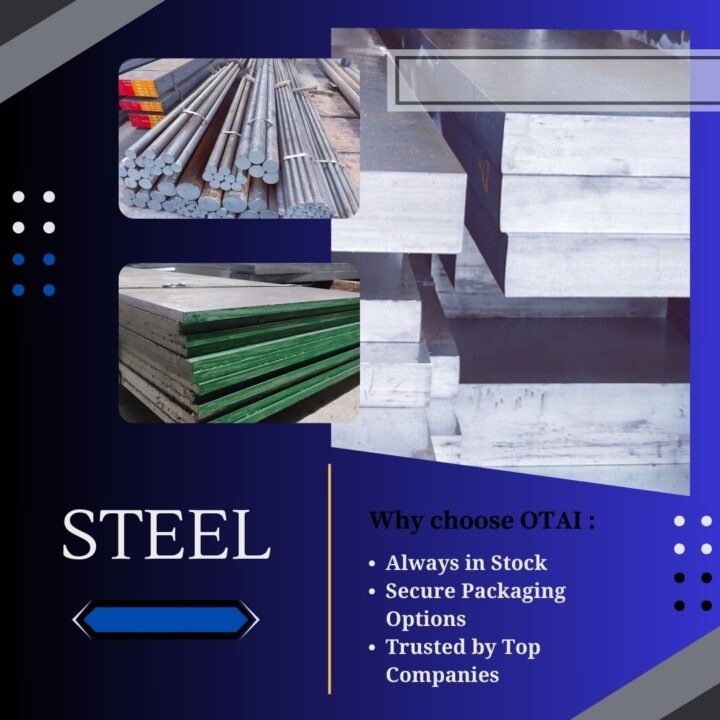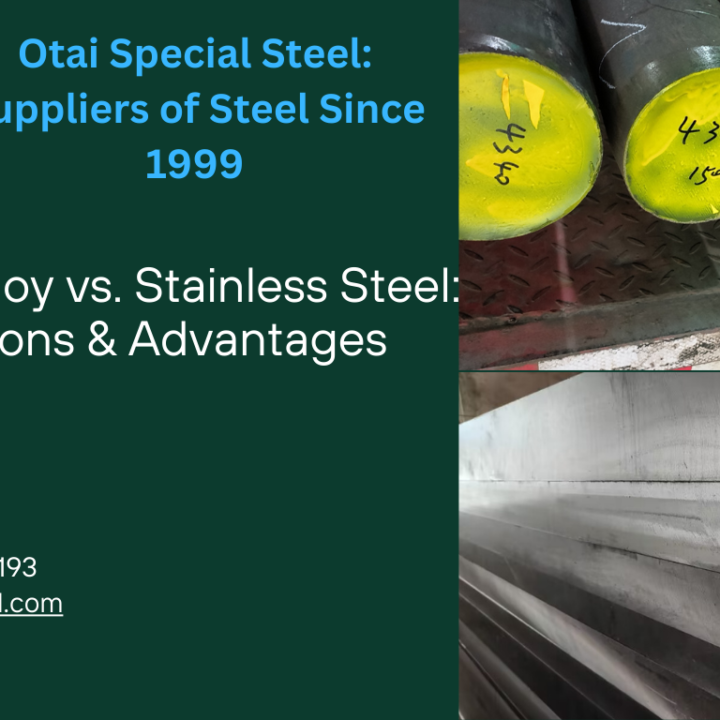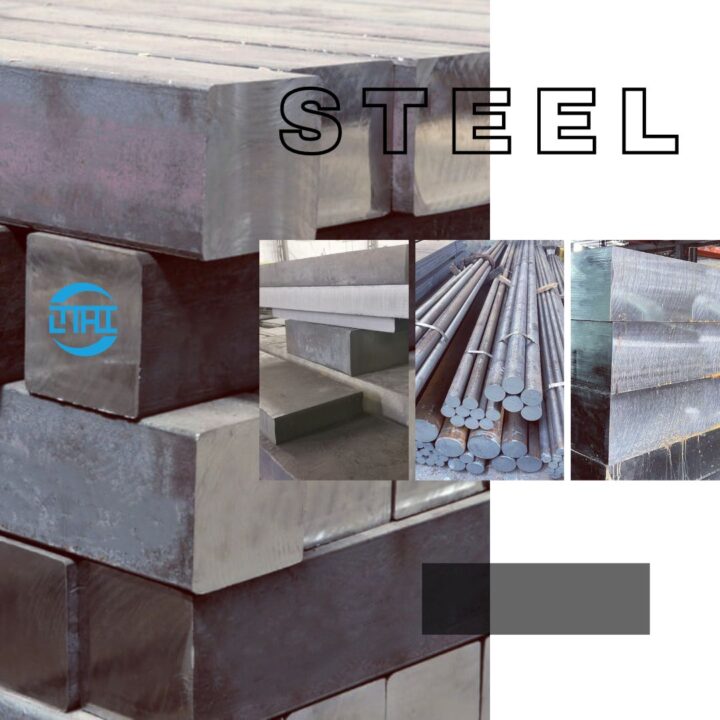H13 steel mold should be fully preheated before work. When the preheating temperature is too high
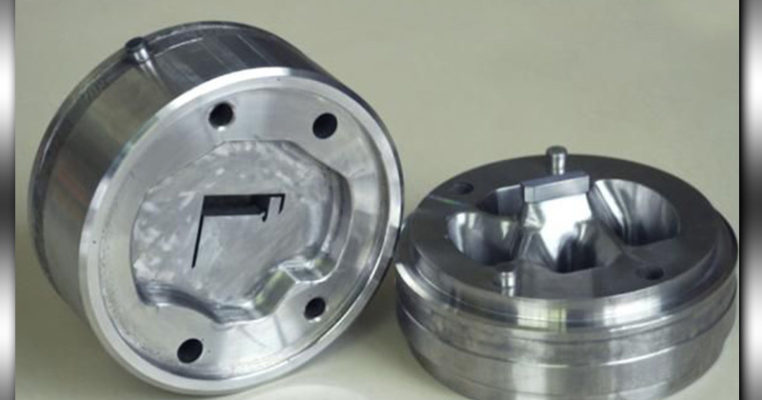
H13 steel mold use and maintenance
Preheating of the H13 steel mold
HI3 steel has a high content of alloying elements and poor thermal conductivity, so the H13 steel mold should be fully preheated before work. When the preheating temperature is too high, the temperature of the mold is high during use, the strength is reduced, and plastic deformation is easy to occur, which causes the mold surface to collapse; when the preheating temperature is too low, the mold surface starts to use, the instantaneous surface temperature changes, thermal stress is large, and Initiation of cracks. After comprehensive consideration, the preheating temperature of the H13 steel mold is determined to be 250-300 ° C, which can reduce the temperature difference between the mold and the forging to avoid excessive thermal stress on the mold surface, and effectively reduce plastic deformation on the mold surface.
Cooling and lubrication of H13 steel mold
In order to reduce the heat load of the mold and avoid the mold temperature being too high, it is usually forced to cool during the intermittent work of the mold, which will cause the mold to periodically heat up, and the cooling effect will cause thermal fatigue cracks. Therefore, the mold should be slowly cooled after use, otherwise thermal stress will occur, which will cause the mold to crack and fail. H13 steel molds can be lubricated with water-based graphite with a graphite content of 12% to reduce the forming force and ensure the normal flow of metal in the cavity and the smooth release of the forgings. In addition, the graphite lubricant also has a cooling effect and can reduce H13 Working temperature of the steel mold.
Ms Sharon Wan
Mobile/WhatsApp: 0086-13580960968
Tel: 0086-769-23190193
Fax: 0086-769-88705839
Email: Sharon@otaisteel.com
